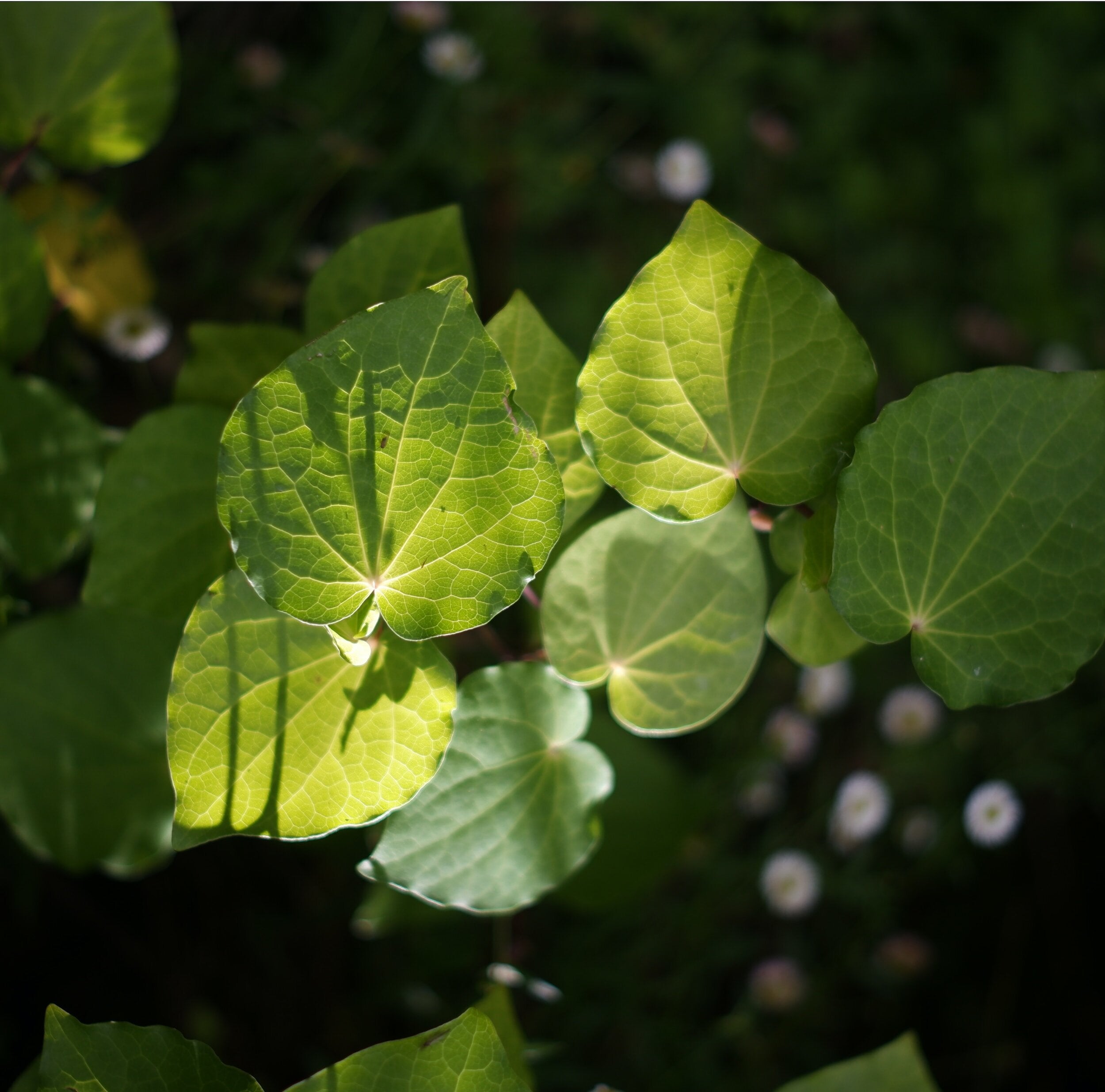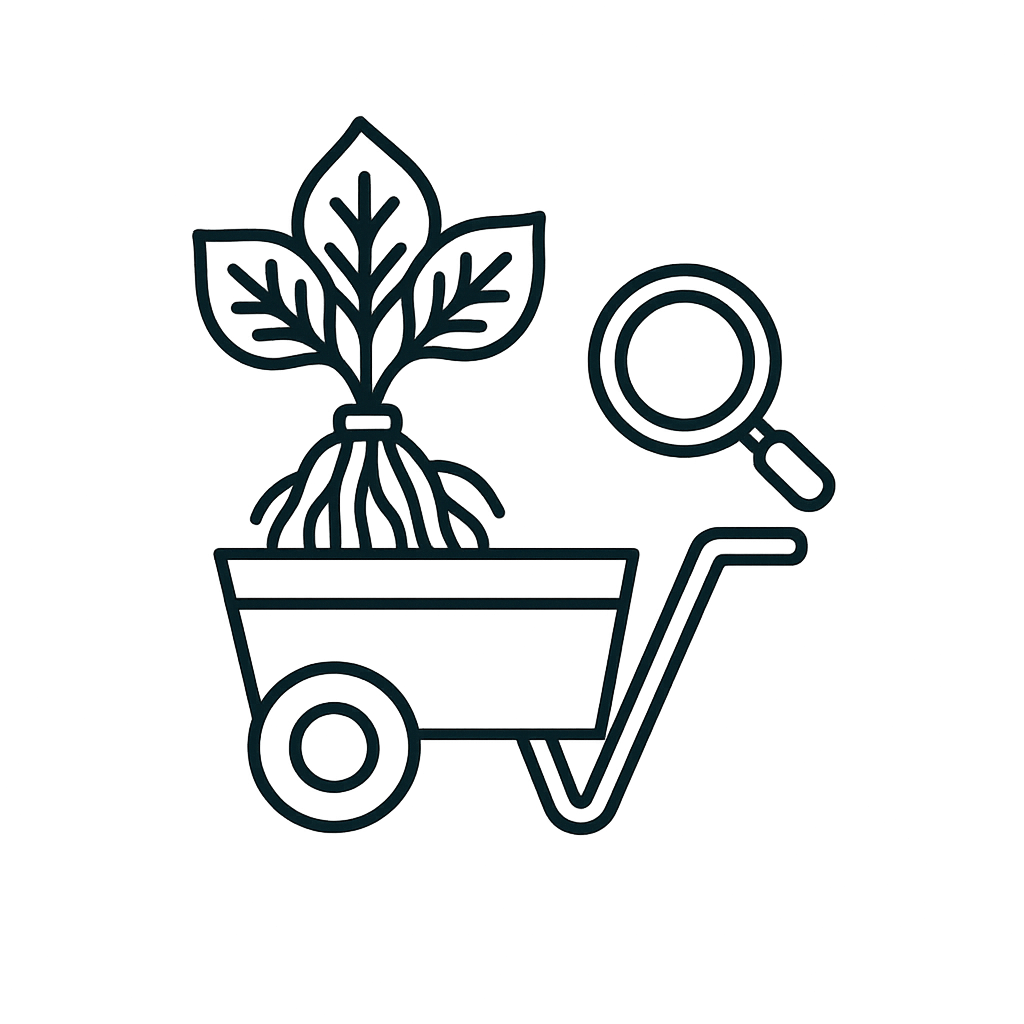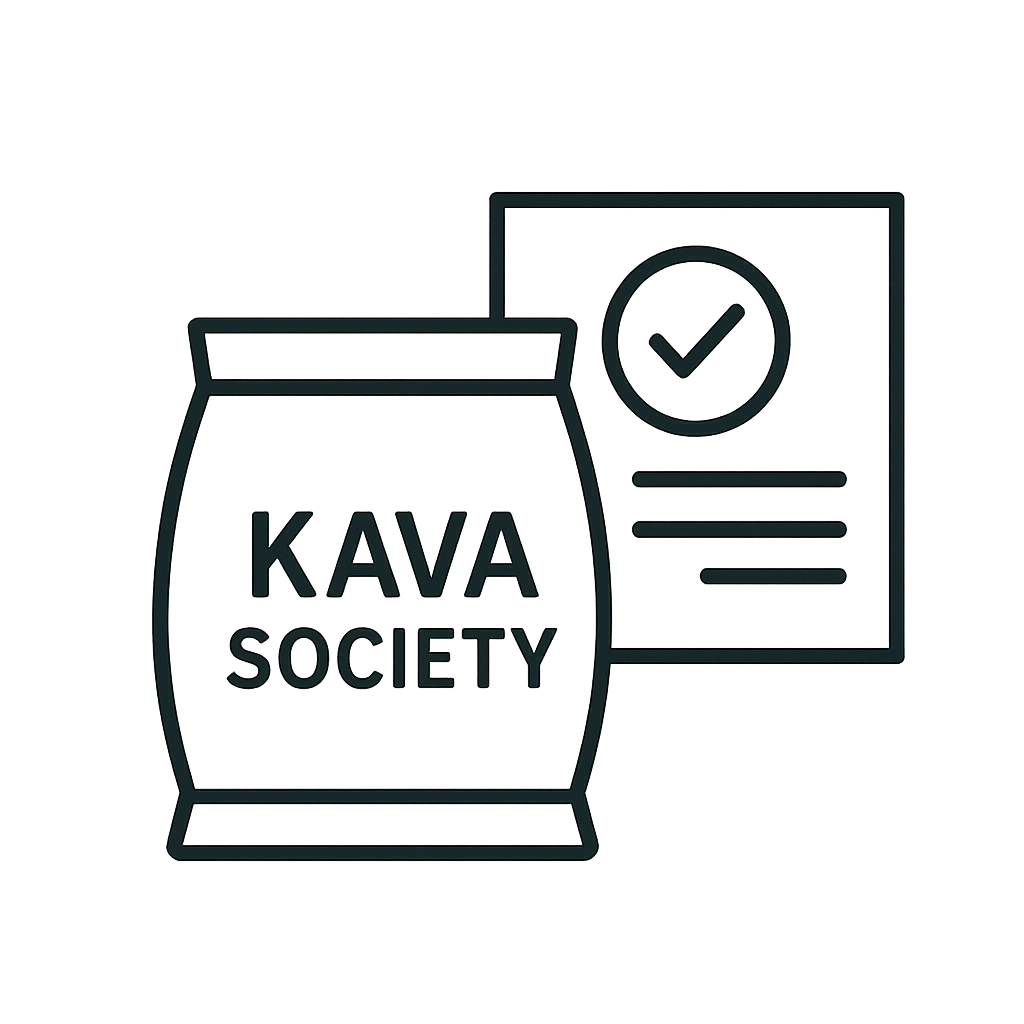What is the right amount of kava?
This blog post dives deeply into the varying opinions on the right kava dosage, comparing Western guidelines to South Pacific traditions. For a straightforward guide on using our products, check out our kava preparation page.
People often ask us how much kava powder/root/drink they should be using. Indeed, “what’s the right amount of kava” or “what is the best dosage” are perhaps some of the most common questions we see posted online. It may seem to be a very easy question with an easy answer, but in fact it’s a rather tricky matter. The answer to this question is sufficiently complex that it actually merits a blog post and hence we’ve decided to write one. We hope you enjoy it and find it useful.
Those who first encounter kava in the form of pharmaceutical pills or capsules (whether or not such products should even be called “kava” is a different question) may be used to seeing a very specific dosage recommendations. While the commonly published "maximum recommended daily dose of kavalactones" is 250mg, this is much less than the amount found in the kava traditionally consumed as a beverage on the islands of the South Pacific. Indeed, many islanders consume 10 times more of the active kavalatone resin (suspended in their drinks) per day without necessarily considering it to be an excessive amount. Why is there such a discrepency between the Western recommendations and the practices of kava's traditional consumers? In this post we will try to explain the rationale behind different kinds of recommendations and share our own perspective on the question of kava dosage.
If you look for information about "the right amount" of kava online or ask some of the experts you might find references to "250mg of kavalactones" per day as the "maximum daily recommended dose". This is a pretty old recommendation that dates back to the so-called kava boom of the 1980/90s and that was created in response of the needs of the pharmaceutical industry looking to create products (pills, tablets etc) with a standardised, consistent dosage of kavalactones (kava's active ingredients). The industry wanted to "pharmaceutalise" their products and give them a more "medical" form that can be seen as perhaps better suited for the marketed purpose of using kava-containing product. The pharmaceutical industry markets kava as an effective remedy for depression and anxiety. While one of the selling points they use is the "natural" character of kava, the big companies also wanted to give it an appearance of the actual drugs used to treat the above conditions. Consequently (as noted by JD Baker): "in both clinical and popular literature about this Western use of kava, the dosing regimen and contraindications for use mimic what is found for pharmaceuticals".

Freshly harvested kava is cut into little pieces prior to being crushed, mixed with water and strained. Photo courtesy of Josh Fordham
It is a bit unclear why 250mg (or less) was selected as the most "appropriate" dose. In an informal interview, one of the leading kava scientists suggested that this specific amount was selected on the basis that it roughly corresponded with the amount of kavalactones found in a large cup of average kava obtained from dried roots. Anyone who's ever been to the islands knows that just one cup of average kava in Fiji or Tonga is a rather small amount of the beverage. Most recreational users of dried kava consume 5, 10 or even 20 cups of kava per session. In Vanuatu, where kava is made from fresh roots and mixed with much less water, a single large cup of kava may contain 1-1.5g of kavalactone resin, i.e. 4-6 times "the maximum daily recommended dose" of kavalactones (not surprisingly people "only" have a couple of cups of kava per evening in Vanuatu). In this context, the one cup of kava seemed like a sufficiently conservative and benign dose from the point of view of the pharmaceutical industry. One cup of kava is also perhaps a "politically" appropriate amount as this is precisely the dose of kava consumed by such visitors to the islands as John Paul II, Elizabeth II, President Francois Hollande without any problems.
This perception of safety has been reinforced by the numerous clinical trials most of which used 250mg of kavalactones or less. To the delight of the pharmaceutical/dietary supplements' industry, the clinical trials have revealed (as noted by the World Health Organisation) that such doses can achieve the pharmacological effects desired by the manufacturers of the supplements and their consumers. More importantly, the clinical trials (in particular the recent clinical trials using water-based kava extracts, such as the famous 2013 University of Melbourne study) suggest that this amount of kava is very well tolerated and not associated with any significant side-effects. It was also found that such medicinal doses (in this case 180mg) of kava do not appear to impair ability to drive. Not surprisingly, the above findings reinforced the case for recommending the above doses of kava for specific conditions.
However, it is important to note that while it is true that these medicinal doses of proper kava are both effective and well-tolerated, this does not automatically mean that higher doses of kava aren't. Obviously it's important to take kava (just like any other substance or food) in moderation, but it's also more than clear that these doses are much smaller than what is regularly consumed on the islands of the South Pacific. It can be argued that by Oceanic standards even the more moderate users often consume significantly more kavalactones than the Western maximum recommended daily dose without any apparent significant adverse health effects. Even heavier consumption of kava is not necessarily seen as "unsafe" by kava's traditional users. It may be associated with dry skin (kani kani), dehydration, nausea, indigestion and weight loss. These side effects associated with heavy consumption are significant, but largely seen as entirely "reversible" upon cessation or reduction of kava use (as admitted by the World Health Organization).

An informal kava session in Central Auckland (photo by Todd Henry)
The important point to observe here though is that traditional users do not see kava as a Western pharmaceutical product used for the treatment of any specific condition. They see kava as a traditional, relaxing beverage. An important element of culture (including political, ceremonial and social interactions). While kava has been used in traditional medicine across Oceania for centuries, the amounts of kavalactones consumed have rarely been tracked or accurately measured. In the medicinal context kava has been seen as a healthy tonic wich can promote good health and well-being in much the same way as other cultures see some of their traditional plants and beverages (e.g. garlic, ginger, peppermint, green tea). Often, the medicinal properties of kava were believed to be related to its perceived non-quantifiable spiritual (as opposed to quantifiable "biochemical") properties.
But the primary use of kava in Oceania has always been cultural and recreational (on this point Dr Aporosa rightly notes that "Kava use facilitates talanoa and cultural connectedness and unifies [Pacific Islanders] with culture, even if that unification could be interpreted by a non-Pasifikan as appearing to simply be 'on the kava and having fun'). And this is how we ourselves use kava. For us kava is a beverage (like tea or coffee) and not a pharmaceutical drug or supplement. And we strongly believe in using and marketing it this way. While we appreciate the work of the scientists studying kava in a more pharmaceutical form and context, we personally do not see the "pharmaceutalisation" of kava as a particularly necessary or beneficial phenomenon. But obviously it's not for us to decide how one should use kava. We just have our own opinion and approach to the plant. All of the kavas we use or promote are meant to be used for the purpose of consuming the traditional Pacific beverage and not as "supplements" or "pharmaceuticals".
In this non-medical, traditional context, the answer to the question of appropriate dosage becomes much more flexible, individual and context-specific. Again, kava, just like any other substance or food, should certainly be consumed in moderation (we often say that with kava "less is often more"), but the specific meaning of "moderate" or "enjoyable" quantity is inherently rather elusive. The same applies to things like coffee. What is the right amount of coffee? How much water should be added to coffee extract to create "the right" beverage? There's no easy answer to these questions. Some people feel fine consuming 5 or more cups of strong coffee per day. Others feel a bit edgy or anxious after just one small espresso. Some people enjoy coffee with milk and sugar, others prefer plain water. Some prefer fewer servings, but with higher caffeine content. Others like their coffee to be rather weak so that they can sip it throughout the day.
The same applies to kava. Some people (e.g. most Fijians and Tongans) like to drink rather weak kava mixed with very large amounts of water because they enjoy long sessions with their friends. Such weak kava seems more suitable for the purpose of long social interactions. Others (e.g. the Ni-Vanuatu) prefer much stronger, thicker kava made with less water and from the strongest, fresh plants. Such kava mixtures and not ideal for long conversations, but good for the traditional practice of "listening to kava". Some people drink kava occasionally, others drink it on a daily basis. Some people like drinking strong kava in the evening, others prefer weaker kava during the day. Some people need large amounts to "feel" any effects. Others are so sensitive that just a cup of kava gives them their desired effects. Some people like to add spices to their kava or mix it with coconut milk etc. Others like drinking it with plain water. We are all different and have unique preferences and use different amounts of kava for different occasions.
Our advice is to always start with a small amount of kava (and in general to always use it in moderation, both in terms of amount per session and frequency of use) and see how you react to it. Be patient, kava has a "reverse tolerance", i.e. many people struggle to feel anything the first couple of times they try kava, but also listen to your body. As long as you consume high quality kava, you should be able to find your own perfect way of enjoying kava in moderation. If like us you decide to use kava in a traditional manner, you should consider drinking it with other people. Kava is a social beverage and a pleasant addition to peaceful interactions with friends.
So while we do provide some rough suggestions on the "amounts" of kava to be used per session, these amounts should be seen as nothing more than just suggestions based on our personal experiences. We've noticed that most of us respond well to around 10-15g of instant or micro or 35g or so of traditional kava, but again, this depends on how fast we drink it, how we feel, whether we drink it with others or at home etc. We hope our suggestions can be helpful, but ultimately you yourself must find your own perfect way of drinking kava, just like you have surely found your own perfect way of drinking tea or coffee.






Leave a comment
This site is protected by hCaptcha and the hCaptcha Privacy Policy and Terms of Service apply.